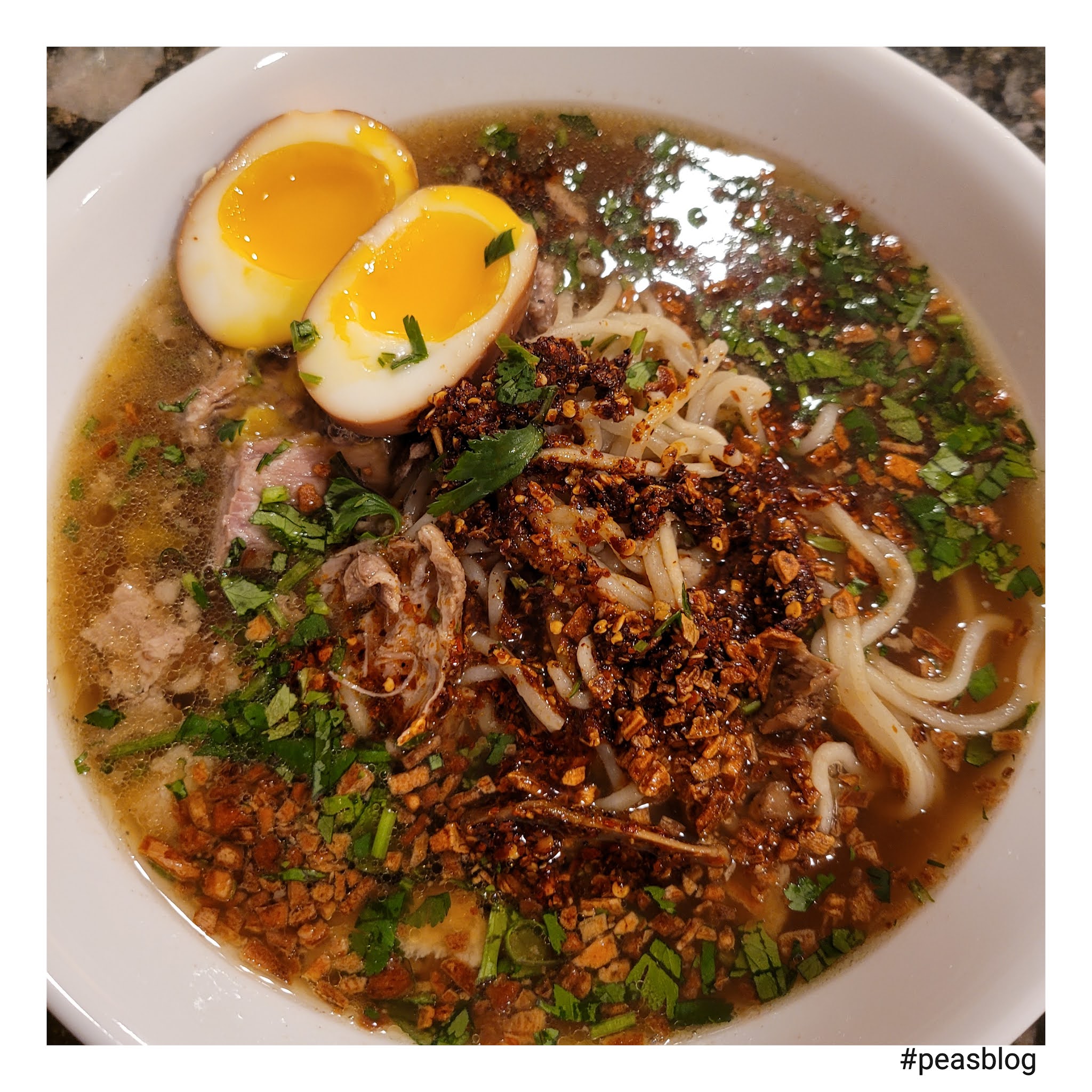Understanding Ramen Noodle Infection: Causes, Symptoms, And Prevention
Ramen noodle infection is a term that has gained attention in recent years due to its association with foodborne illnesses. These infections can occur when individuals consume improperly prepared or contaminated ramen noodles, leading to various health issues. As ramen noodles become increasingly popular worldwide, understanding the potential risks and how to mitigate them is essential for maintaining good health.
This article will delve into the causes, symptoms, and prevention of ramen noodle infections, providing valuable insights for avid ramen lovers and anyone interested in food safety. With the growing trend of instant noodles, it's crucial to recognize the risks involved and ensure safe consumption practices. We'll also explore the importance of proper cooking techniques and hygiene to avoid these infections.
By the end of this article, readers will have a comprehensive understanding of ramen noodle infection, equipping them with knowledge to enjoy their favorite dish safely. Let's embark on this informative journey together!
Table of Contents
- What is Ramen Noodle Infection?
- Causes of Ramen Noodle Infection
- Symptoms of Ramen Noodle Infection
- Prevention Strategies
- When to Seek Medical Attention
- Conclusion
What is Ramen Noodle Infection?
Ramen noodle infection refers to the gastrointestinal illnesses caused by consuming ramen noodles that have been contaminated or improperly prepared. These infections can arise from various pathogens, including bacteria, viruses, and parasites that thrive in contaminated food products.
As ramen noodles are typically made from wheat flour, water, and salt, they can serve as a breeding ground for harmful microorganisms if not handled correctly. Common pathogens associated with ramen noodle infections include Salmonella, E. coli, and Listeria monocytogenes.
Causes of Ramen Noodle Infection
Understanding the causes of ramen noodle infection is crucial for preventing foodborne illnesses. Here are the primary factors that contribute to these infections:
Contaminated Ingredients
One of the main causes of ramen noodle infections is the use of contaminated ingredients. This can occur at various stages of the food supply chain, from the farm to the kitchen. Some common sources of contamination include:
- Raw vegetables: Vegetables used as toppings can be contaminated with harmful bacteria if not washed properly.
- Meat products: If meat is not cooked thoroughly or is handled without proper hygiene, it can introduce pathogens into the dish.
- Water sources: Using contaminated water to prepare noodles can also lead to infections.
Improper Cooking Techniques
Ramen noodles require specific cooking techniques to ensure they are safe to eat. Improper cooking can result in incomplete elimination of pathogens. Here are some common mistakes:
- Insufficient cooking time: Not cooking noodles long enough can leave them undercooked, allowing bacteria to survive.
- Cross-contamination: Using the same utensils for raw and cooked ingredients without proper cleaning can transfer harmful microorganisms.
- Inadequate storage: Storing cooked noodles at unsafe temperatures can promote bacterial growth.
Symptoms of Ramen Noodle Infection
Recognizing the symptoms of ramen noodle infection is essential for prompt treatment. Common symptoms include:
- Nausea
- Vomiting
- Diarrhea
- Abdominal cramps
- Fever
Symptoms may appear within a few hours to several days after consuming contaminated ramen noodles, depending on the type of pathogen involved. It's important to monitor your health and seek medical advice if symptoms persist.
Prevention Strategies
Preventing ramen noodle infections requires a combination of safe cooking practices and maintaining hygiene in the kitchen. Here are some effective strategies:
Safe Cooking Practices
- Always cook ramen noodles according to package instructions.
- Use a food thermometer to ensure meat and other ingredients reach safe internal temperatures.
- Ensure that all ingredients are fresh and sourced from reputable suppliers.
Maintaining Hygiene
- Wash your hands thoroughly with soap and water before handling food.
- Clean all utensils, cutting boards, and surfaces that come into contact with raw ingredients.
- Store cooked ramen noodles in airtight containers in the refrigerator to prevent bacterial growth.
When to Seek Medical Attention
In most cases, ramen noodle infections resolve on their own within a few days. However, there are instances when medical attention is necessary:
- If you experience severe dehydration due to persistent vomiting or diarrhea.
- If symptoms last longer than 48 hours.
- If you have a high fever (above 101.5°F or 38.6°C).
- If you notice blood in stool or vomit.
Conclusion
In summary, ramen noodle infection can pose serious health risks if not addressed properly. By understanding the causes, symptoms, and preventive measures, individuals can enjoy their favorite ramen dishes without fear of foodborne illness. Always prioritize safe cooking practices and hygiene in the kitchen to minimize risks.
We encourage readers to share their thoughts and experiences with ramen noodle safety in the comments section below. If you found this article helpful, consider sharing it with friends and family to raise awareness about food safety practices.
Thank you for reading, and we hope to see you back on our site for more informative articles on food health and safety!
Buldak Ramen Recall: Understanding The Bacteria Contamination Issue
What Race Is Taylor Frankie Paul? Understanding Her Ethnic Background
Damian Hardung: The Rising Star Of Modern Cinema


